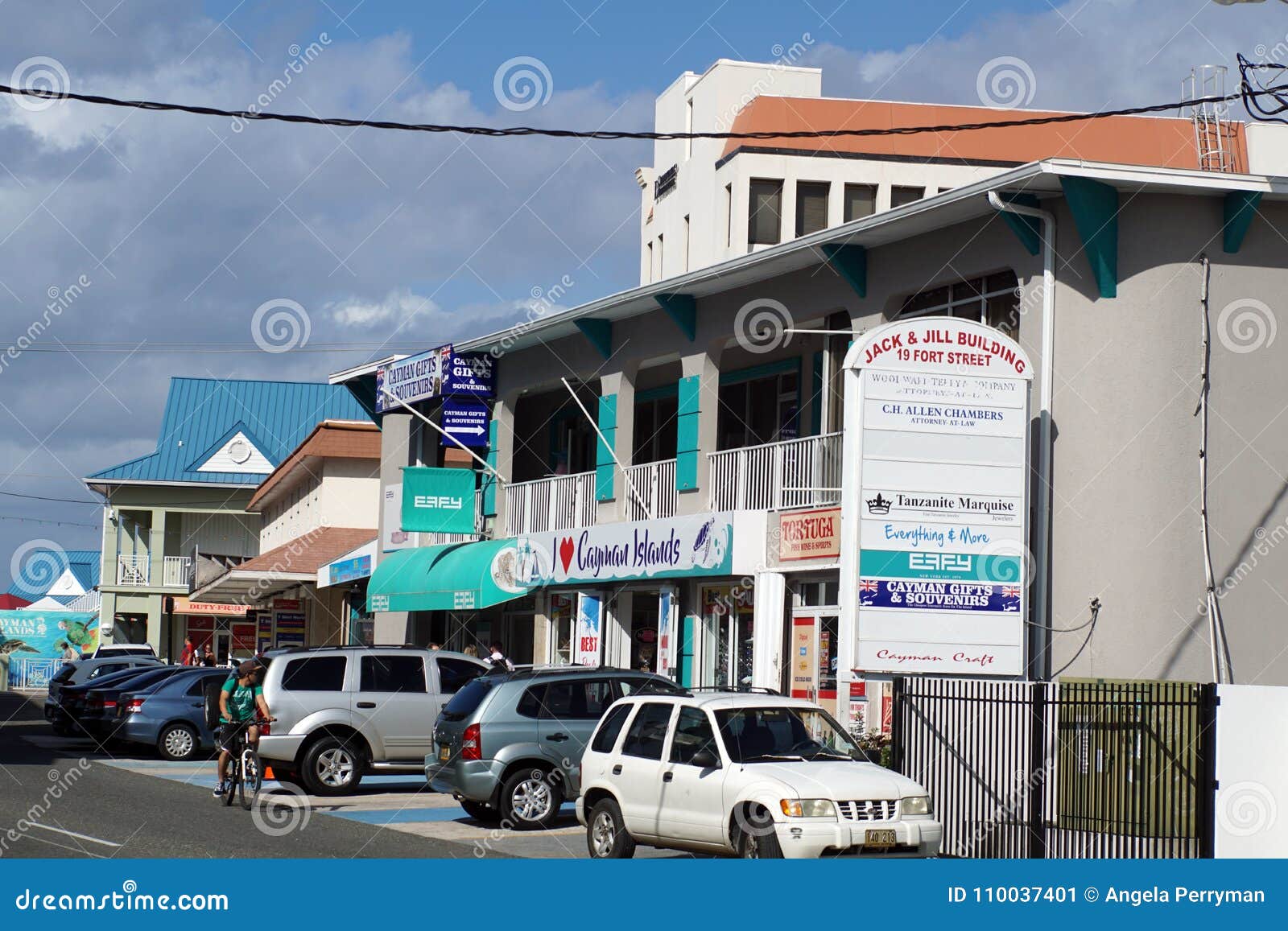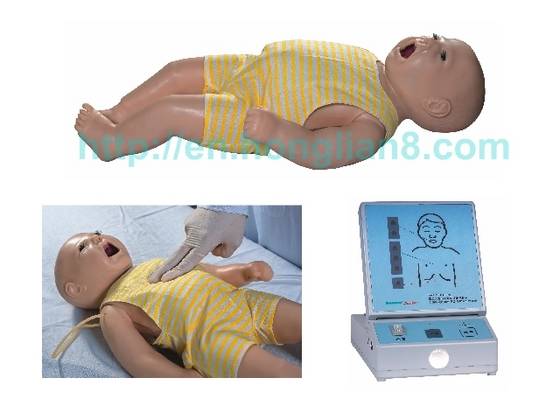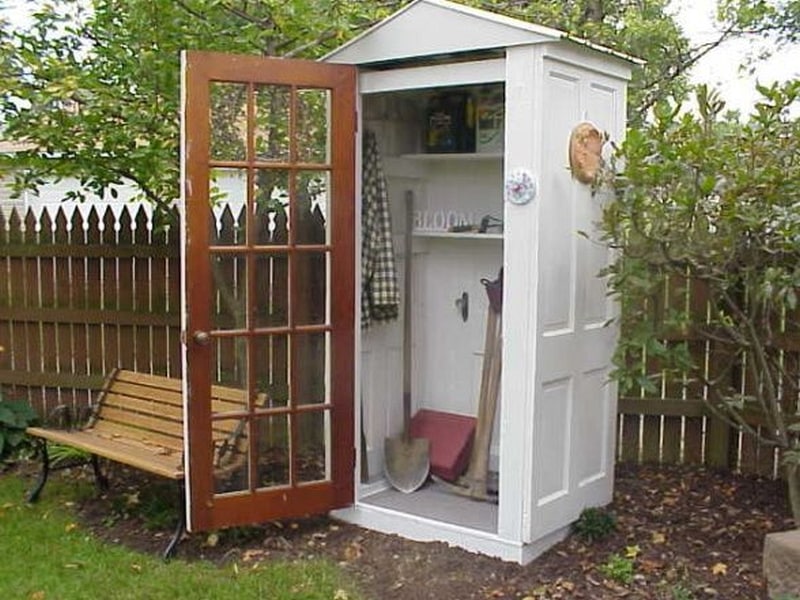Table of Content
I received suggestions for home equipment as well as post-surgery items to make life a little easier. Thank you for keeping the information flowing and maintaining this essential community. Roughly 80 percent of adults will experience low back pain at one point in their life. But why do so many people receive a back pain diagnosis and how can these painful symptoms be relieved? A bulging disc is an indication that the disc is in a degeneration stage and is at risk of herniation. There is a risk that if the bulging disc is not treated, it will become herniated and cause severe disability.
The coolest part is I get do these things with my two kids thanks to Jeremy. There are a few signs that a herniated disc is healing. The first is that the pain begins to lessen over time.
Home treatments for immediate sciatica relief
A wide variety of different physical therapy modalities are available, and the specific ones that are used will be based on the individual patient’s needs and preferences. If you have a herniated disc, you may be wondering if there is anything you can do at home to ease the pain. While rest and ice may help reduce inflammation, massage may also be beneficial. If you sleep on your stomach, put a pillow under your hips, not under your stomach.
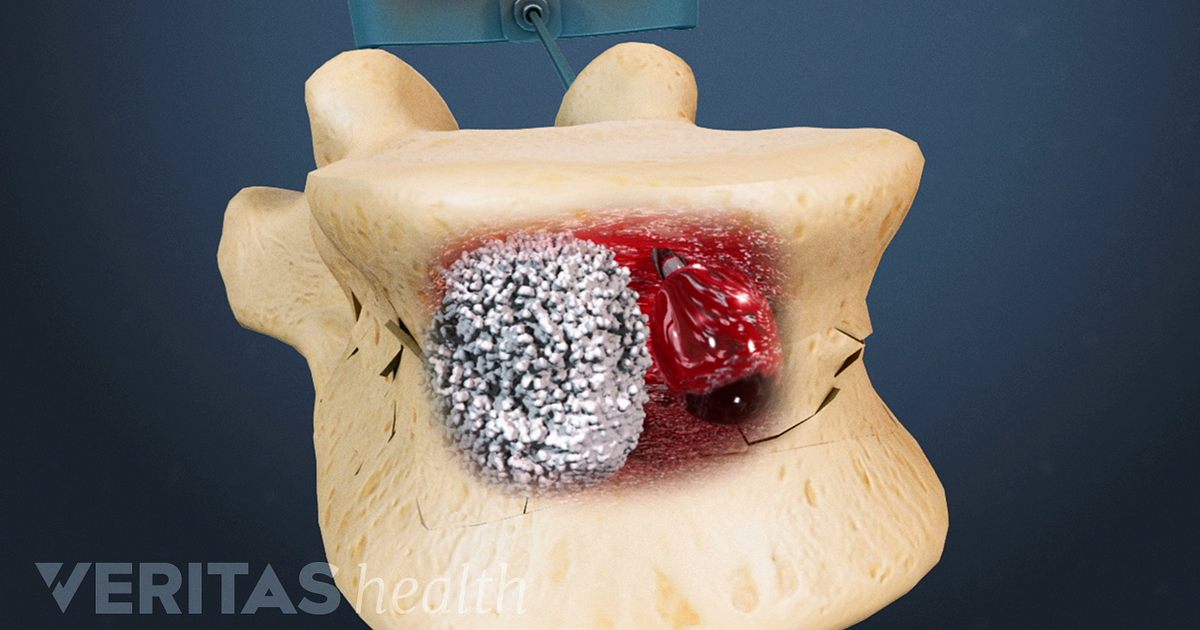
When a disc becomes damaged, an experienced physician or doctor should be consulted. You can learn about pain management from a spinal doctor who can create a pain management program for you. It is possible that people will feel imbalanced and weak as a result of their back problems, such as bulging discs.
What are the Treatments for a Herniated Disk?
When a herniation is more severe, it will take longer for it to heal. According to research, people under the age of 50 are more likely to recover from injuries faster than those over the age of 60. One cannot predict the duration of a herniated disc’s healing process. You can, however, speed up your recovery process by doing the following. Maintaining a healthy weight and being active are both crucial aspects of keeping your body active. You can reduce the amount of time it takes to recover from a workout if you lose even a few pounds.
The second thing you should not do is try to pop the disc on your own – this can cause additional problems. It will eventually heal on its own, but it may take a little longer than usual. While the pain from most lumbar herniated discs typically resolve in 6 weeks, you will want to manage it in the meantime and take control of your pain management.
What Is a Herniated Disc?
As part of treatment for a herniated disc in the neck, the initial neck exercises are easy to do and can provide immediate relief in some cases. When doing neck exercises, it is important not to cause pain or push into the direction of pain. Movements that decrease pain of a herniated disc are good and can be repeated, as in the neck pain exercises.
If you seek medical attention as soon as possible, your spine specialist may be able to recommend non-surgical treatment options for your condition. A doctor can aid you in identifying your back pain, which can help you get on the path to healing. If the nucleus presses against one of the nerves during disc herniation, it can cause pain. This condition can be caused by an injury, such as a fall or a collision. The L5/S1 and L4/L5 discs are the two discs found at the base of the spine, and they are the most common to be herniations.
Herniated Disc Exercises and Stretches
Follow this by exhaling and slowly rounding your spine while pressing into the floor with your hands and slightly curving your neck to look at your feet. Gradually increase to holding the end position for 30 seconds. Or, you might have it taken out in a separate surgery. Microdiscectomy is done through a much smaller incision. Your surgeon inserts a thin tube with a camera on one end to see and remove the damaged disk. Cleveland Clinic offers expert diagnosis, treatment and rehabilitation for bone, joint or connective tissue disorders and rheumatic and immunologic diseases.

Poor posture contributes to the condition, so always keep your back straight. That's especially important when sitting for a long time (e.g., in the office or driving). If the physical therapy progresses well, it is reasonable to expect that no surgery will be necessary. The physical therapist will evaluate you and prepare an individual treatment plan. Injuries such as a blow to the spine, fall, or automobile accident can cause an intervertebral disk to rupture and a herniated disk. Although it's most common in the lower lumbar spine, this problem can occur in any of the three sections of the spine, including the neck.
A herniated disc occurs when the soft inside of the disc leaks through the tough outer portion . Herniated discs are most common in early to middle-aged adults. They’re often caused when too much pressure is put on an otherwise healthy spine. The spine is composed of many bony vertebrae, separated by jelly-like discs. Whatever you want to call it, this condition can be extremely painful. Neutral (this is the natural position you maintain when you’re sitting or standing with good posture and with your core muscles activated).
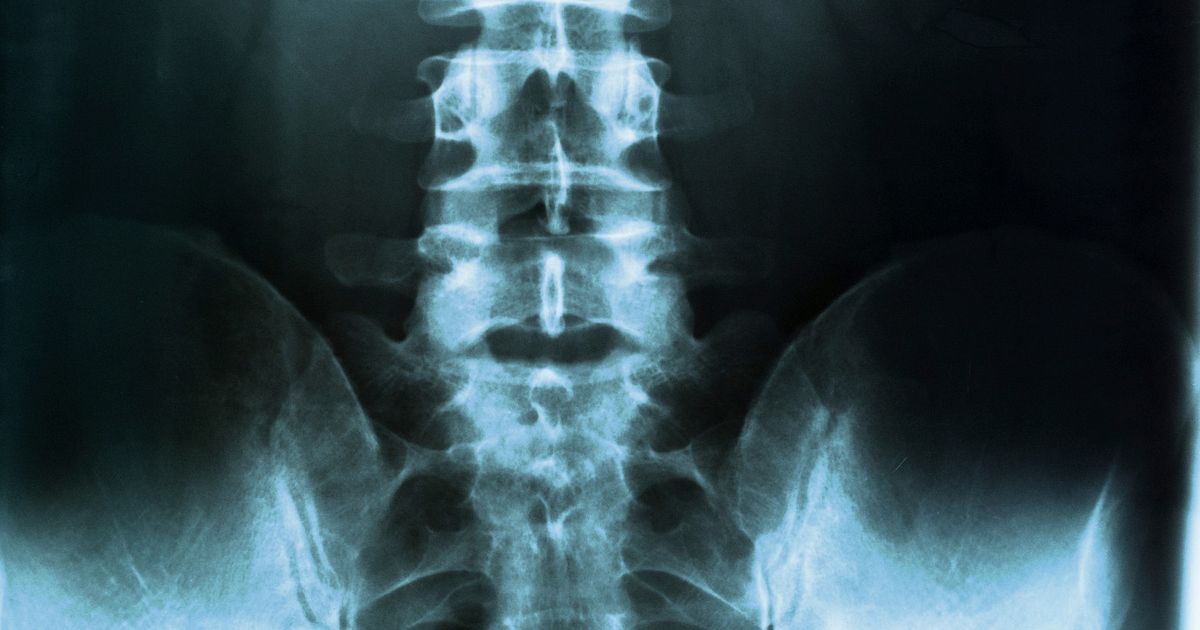
My first and immediate remedy for controlling symptoms were allopathy medicine and now i am on ayurvedic medicines. Are the exercises listed in this article relevant for me. Your views on this question and in general is appreciated. As a long time back sufferer Leon found unique methods to alleviate his pain using natural methods including self massage, exercise/stretching and postural habits. He founded Backintelligence.com to empower others to fix their postures and ease their back pain from home.
You’re not getting relief from pain relievers, injections, and physical therapy. Your doctor might also prescribe muscle relaxants to ease muscle spasms in your back. And nerve pain medicines, such as amitriptyline , duloxetine , gabapentin , pregabalin , and tramadol are options to ease nerve-damage pain. You can also use ice and heat to help relieve your pain. Just place an ice pack or warm wet towel on the area of your back that is sore.

If the symptoms of your herniated disc can’t be resolved with nutrition and physical therapy, surgery may be necessary. This option should only be considered if your condition is severe. Though the procedure is minimally invasive and boasts a high success rate, the recovery process is long. Recovery can take up to six weeks and you may not return to full strength for up to one year. You will return to physical therapy during this time to work on strengthening your back muscles to further prevent herniated discs.
Taking these medications for longer than directed can increase the risk of heart problems or bleeding issues. In addition to conventional medical treatments for herniated discs, at-home treatments may help reduce discomfort. Alternative and complementary treatments for herniated discs are also an option. Spinal discs are the rubbery cushions that act as shock absorbers between individual spinal vertebrae. In addition to natural degeneration of the spinal discs, other causes of herniated discs include trauma, a heavy blow to the back, or twisting or turning while lifting a heavy item. The mainstay of conservative herniated disc treatment is physical therapy.
However, many patients find that their pain only worsens as the disc heals. Pain may become a persistent issue as you are limited in what physical activities you can engage in. The theory is that the disc can be popped back into its natural state, but it will be difficult to “pop” the disc back into place like a displaced gear.


